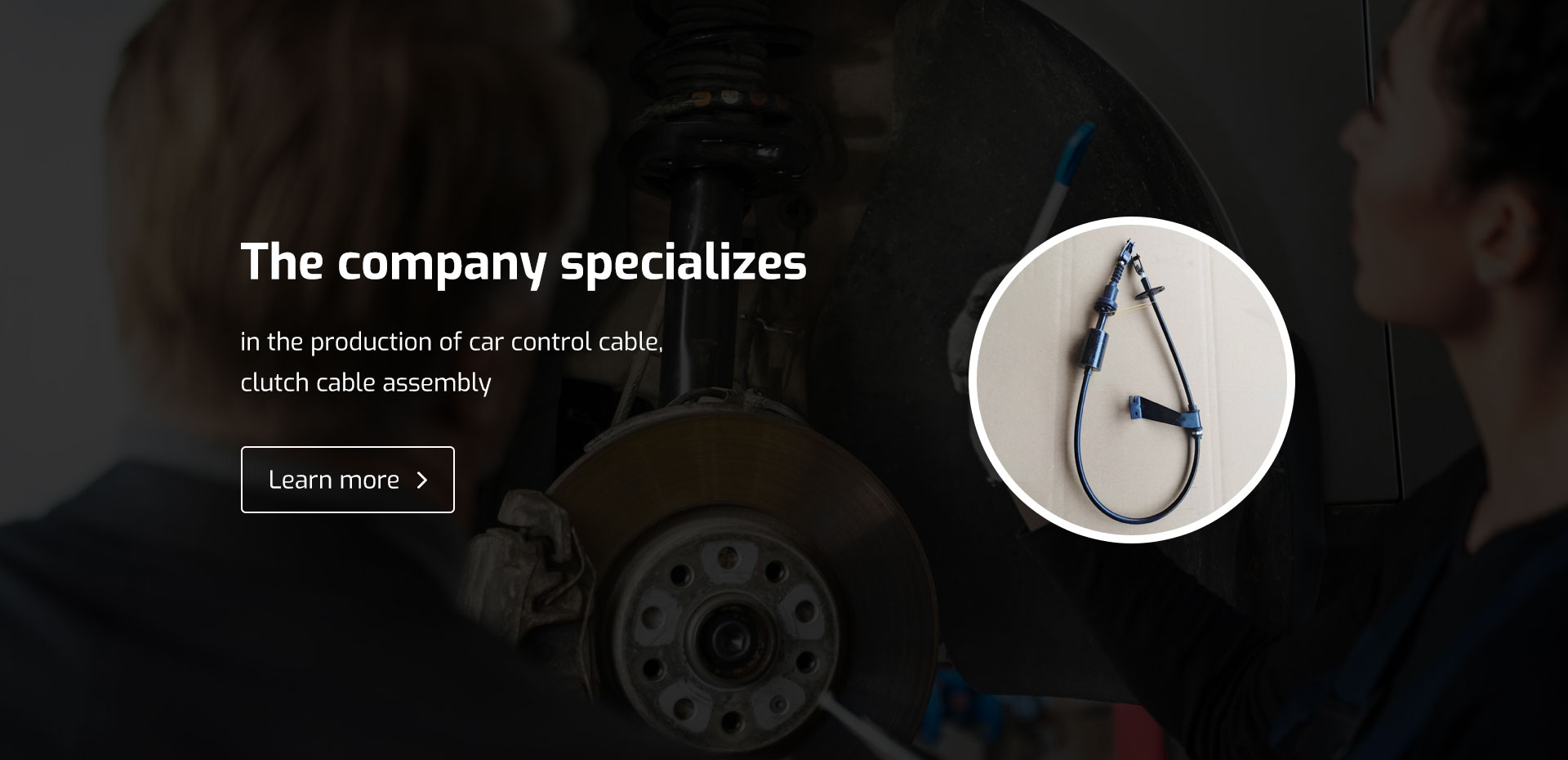long throttle cable
Understanding Long Throttle Cables A Comprehensive Guide
Throttle cables play a crucial role in the functionality of an engine, acting as a lifeline that regulates power and performance in vehicles, motorcycles, and various types of machinery. Among the types of throttle cables, long throttle cables are particularly significant due to their diverse applications and advantages.
What is a Throttle Cable?
A throttle cable is a flexible wire cable that connects the throttle pedal or control in the driver's compartment to the throttle body of an engine. Pressing the throttle pedal increases the tension in the cable, which in turn opens the throttle body and allows more air and fuel to enter the engine, resulting in increased power and speed. The throttle cable thus serves as a critical link between driver input and engine response.
The Importance of Long Throttle Cables
Long throttle cables are especially important for applications where the throttle control is located far from the throttle body. Several factors influence the choice of a long throttle cable
1. Flexibility in Installation Long throttle cables provide greater flexibility during installation. This is particularly advantageous in custom builds or when retrofitting older vehicles with modern engine components. The additional length allows for routing around obstacles, making the installation process smoother and more efficient.
2. Enhanced Performance A properly functioning, long throttle cable can improve the responsiveness of the throttle. This is crucial for performance vehicles or motorcycles where instantaneous throttle response can greatly affect acceleration and handling.
3. Versatile Applications Long throttle cables are used in a variety of applications, including classic cars, off-road vehicles, and motorcycles. Their versatility allows manufacturers and mechanics to adapt systems to specific needs without sacrificing performance or safety.
long throttle cable

Choosing the Right Long Throttle Cable
When selecting a long throttle cable, several factors should be considered
- Length Measure the distance from the throttle pedal or control to the throttle body to determine the required length. It's always wise to allow some additional length to accommodate installation flexibility.
- Material Throttle cables are typically made from materials like stainless steel or high-strength plastic. Stainless steel cables are more durable and resistant to wear, making them ideal for high-performance applications.
- Cable Housing The housing of the throttle cable is equally important. It should be designed to protect the inner cable from dirt and moisture while allowing for smooth movement. Look for cables with high-quality housing that can withstand the rigors of regular use.
- Compatibility Ensure that the chosen throttle cable is compatible with your specific vehicle or machinery model. Mismatched cables can lead to poor performance and can even be hazardous.
Maintenance of Throttle Cables
Maintaining long throttle cables is essential for optimal performance. Regular inspections can help identify signs of wear and tear. Look for fraying, kinks, or binding, which could impede movement. Lubrication is also vital; applying a suitable lubricant can reduce friction and prolong the cable's lifespan.
In conclusion, long throttle cables are an integral component in many vehicles and engines, offering flexibility, performance, and versatility. By understanding their role and how to choose and maintain them, vehicle enthusiasts and mechanics can ensure their machines operate smoothly and efficiently. Whether you are working on a custom build, restoring a classic, or simply maintaining your current vehicle, the right long throttle cable can make a significant difference in performance and reliability.
-
Workings of Clutch Pipe and Hose SystemsNewsJun.04,2025
-
The Inner Workings of Hand Brake Cable SystemsNewsJun.04,2025
-
The Secrets of Throttle and Accelerator CablesNewsJun.04,2025
-
The Hidden Lifeline of Your Transmission Gear Shift CablesNewsJun.04,2025
-
Demystifying Gear Cables and Shift LinkagesNewsJun.04,2025
-
Decoding Clutch Line Systems A Comprehensive GuideNewsJun.04,2025
